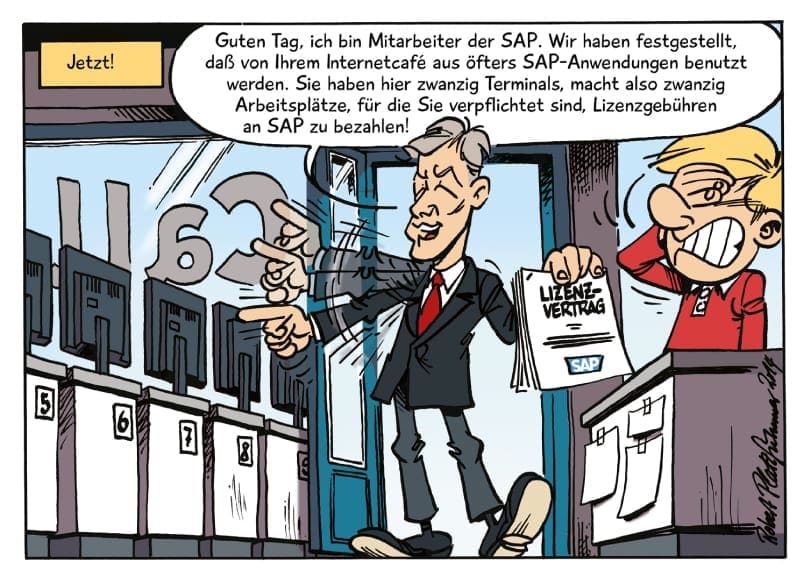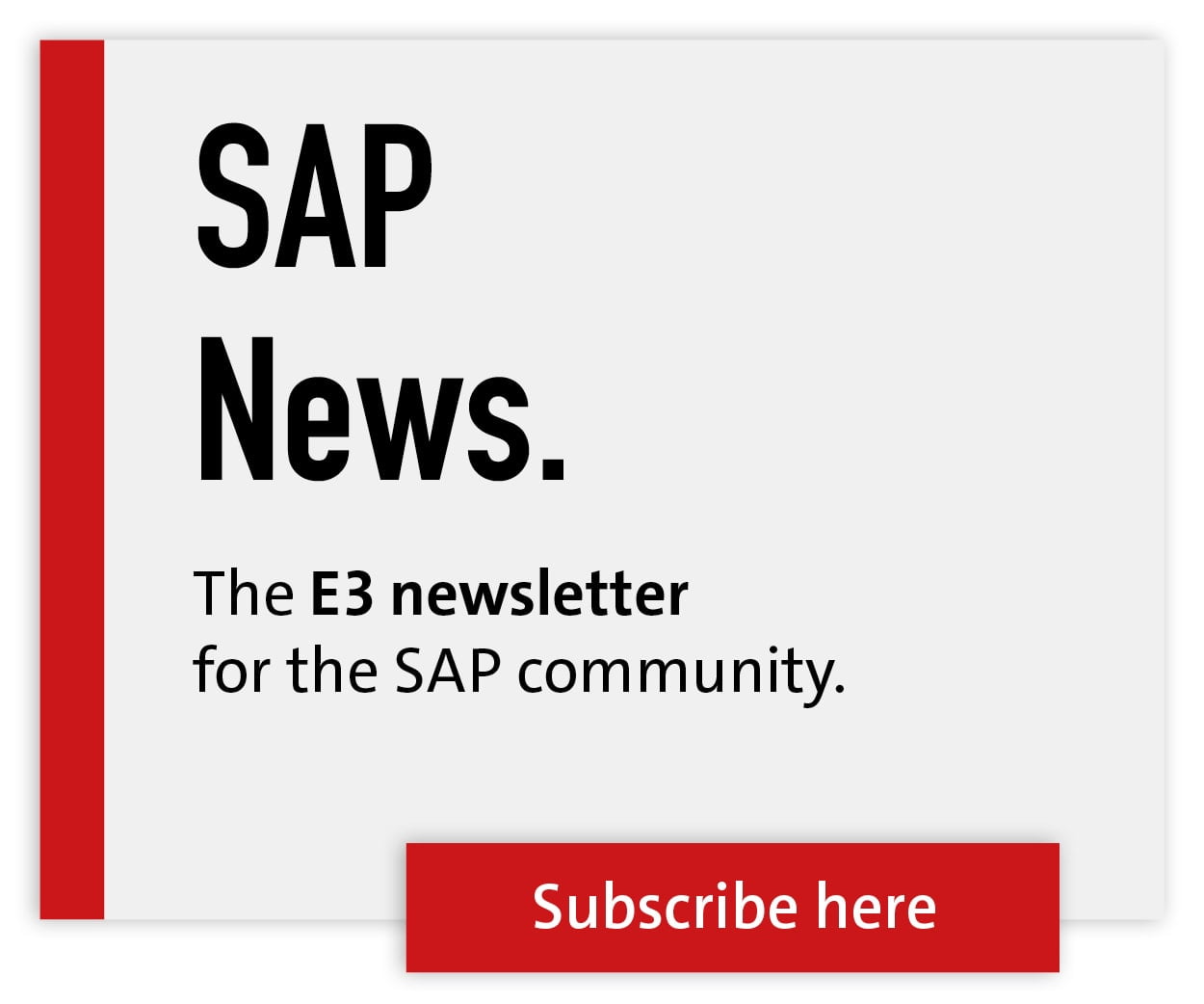Science: SAP licenses


Is SAP preventing sustainable innovation through complex license agreements? One innovative approach should lead to the next, resulting in more lucrative license revenues for the IT provider. Ultimately, a positive upward spiral where, in the best case, there are only winners.
However, before starting an SAP BTP (Business Technology Platform) project, existing SAP customers and partners should inform themselves very carefully about the license conditions. There is no all-inclusive flat rate for SAP BTP and therefore it is not the IT specialists but the licensing experts and lawyers who are called upon before a BTP project is put into operation.
The start of a BTP proof-of-concept can possibly be customized with SAP Credit Points, but if the project goes beyond the end of the year, the Credit Points for the Business Technology Platform expire. A similar challenge is the licensing of BTP services and engines, because the data volume is often unknown at the start of a use case. However, the pricing of many BTP functions depends on the volume of data to be processed.
SAP partners are also affected by the fact that only the acceptance of an app and the associated amount of data to be processed ultimately determines the true costs: An SAP partner offering a cloud service on BTP using Hana and other BTP services should also be able to quote a price to its potential customer. However, the current license conditions and intertwined, mutual dependencies make a BTP calculation almost impossible. The partner bears the risk.
Cloud contracts in general and BTP licenses in particular are almost impossible for non-lawyers to tame. This challenge may not be a problem for large existing SAP customers with their own legal department, but many SMEs and smaller SAP partners do not have a full-time legal advisor.
This complex license situation is not an immediate problem for SAP. In the long term, however, it will hinder ERP innovations. A composable ERP includes not only Hana, S/4 and BTP as well as BDC (Business Data Cloud), but also many services from hyperscalers and third-party providers, some of which are subject to SAP licenses through indirect use. An ERP solution is first and foremost a challenging license jungle that needs to be managed by existing customers and partners alike.






